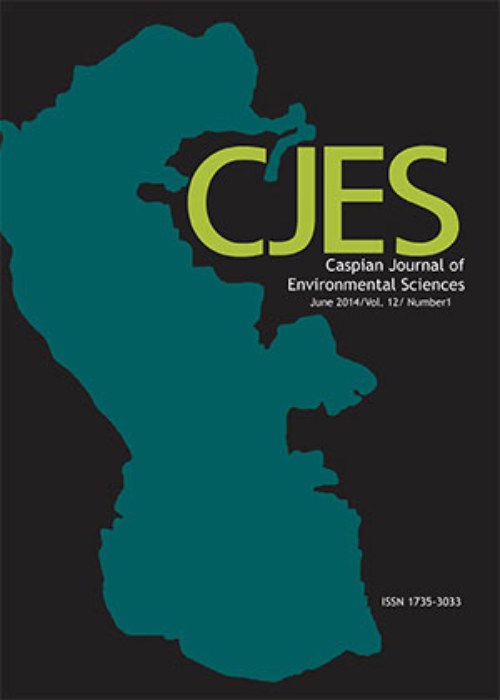The change in heat inactivation of Escherichia coli O157:H7 after entering into the viable but non-culturable state in salted fish, Hypophthalmichthys molitrix
Author(s):
Article Type:
Research/Original Article (دارای رتبه معتبر)
Abstract:
Many species of non-sporulating bacteria including Escherichia coli can enter into a viable but non-culturable (VBNC) state under stress conditions. In this study, the change in thermal resistance of E. coli O157:H7 after entering into the VBNC state in salted silver carp, Hypophthalmichthys molitrix, was investigated. E. coli O157:H7 was inoculated on the fish control group (TF) and on those fish with 30% NaCl (TF + 30% NaCl) at room temperature. Culturability of bacteria was determined using routine culture and colony counting on Sorbitol MacConkey agar. When bacteria were non-cultivable, the RT-PCR of 16S rRNA gene (including direct extraction and purification of RNA, DNase I treatment for removing DNA contamination, cDNA synthesis and electrophoresis of PCR products of cDNA) was used to detect VBNC E. coli O157:H7. Also, cultivable and VBNC E. coli O157:H7 were individually heat-treated at 55, 62 and 70 °C for 5 min. The samples were cooled and after 24 h, the thermal resistance of bacteria was determined through viability detection using RT-PCR of 16S rRNA gene. The culturability of bacteria was kept in fish treatment but they were non-cultivable in fish under 30% NaCl after 5 days. The positive expression of 16S rRNA in all studied treatments indicated the entering of E. coli O157:H7 into the VBNC state in fish treatment under 30% NaCl. Moreover, the RT-PCR of 16S rRNA gene showed that only VBNC forms of E. coli O157:H7 showed viability at 62 °C for 5 min which indicated the increased resistant of VBNC bacteria to the thermal inactivation. The ability of E. coli O157:H7 to enter into VBNC state in salted fish and also the increase of its thermal resistance suggest that VBNC E. coli O157: H7 can be considered as critical threat to public health and food safety.
Keywords:
Language:
English
Published:
Caspian Journal of Environmental Sciences, Volume:19 Issue: 4, Autumn 2021
Pages:
629 to 637
magiran.com/p2343346
دانلود و مطالعه متن این مقاله با یکی از روشهای زیر امکان پذیر است:
اشتراک شخصی
با عضویت و پرداخت آنلاین حق اشتراک یکساله به مبلغ 1,390,000ريال میتوانید 70 عنوان مطلب دانلود کنید!
اشتراک سازمانی
به کتابخانه دانشگاه یا محل کار خود پیشنهاد کنید تا اشتراک سازمانی این پایگاه را برای دسترسی نامحدود همه کاربران به متن مطالب تهیه نمایند!
توجه!
- حق عضویت دریافتی صرف حمایت از نشریات عضو و نگهداری، تکمیل و توسعه مگیران میشود.
- پرداخت حق اشتراک و دانلود مقالات اجازه بازنشر آن در سایر رسانههای چاپی و دیجیتال را به کاربر نمیدهد.
In order to view content subscription is required
Personal subscription
Subscribe magiran.com for 70 € euros via PayPal and download 70 articles during a year.
Organization subscription
Please contact us to subscribe your university or library for unlimited access!


